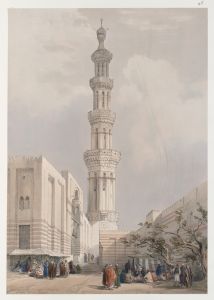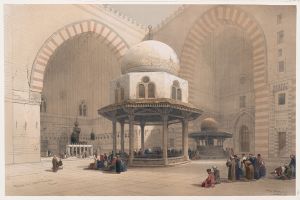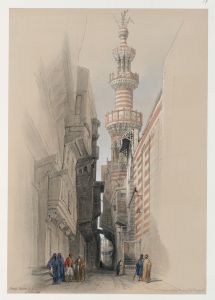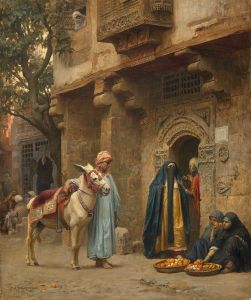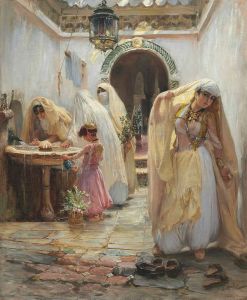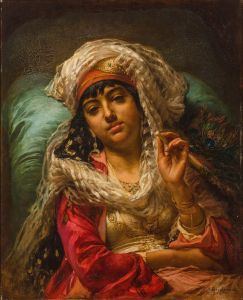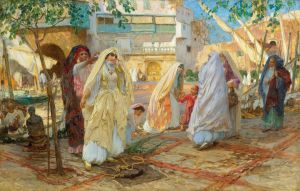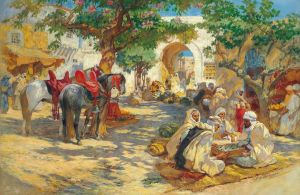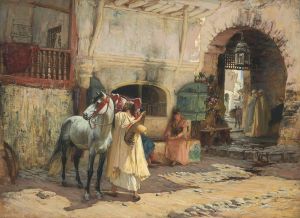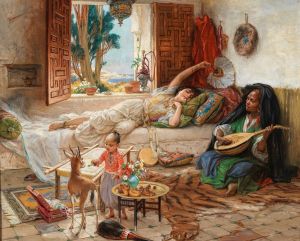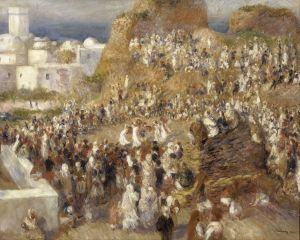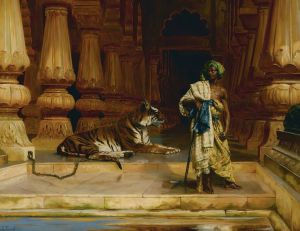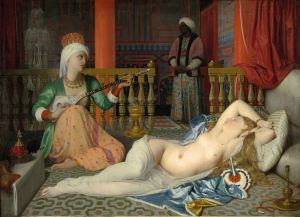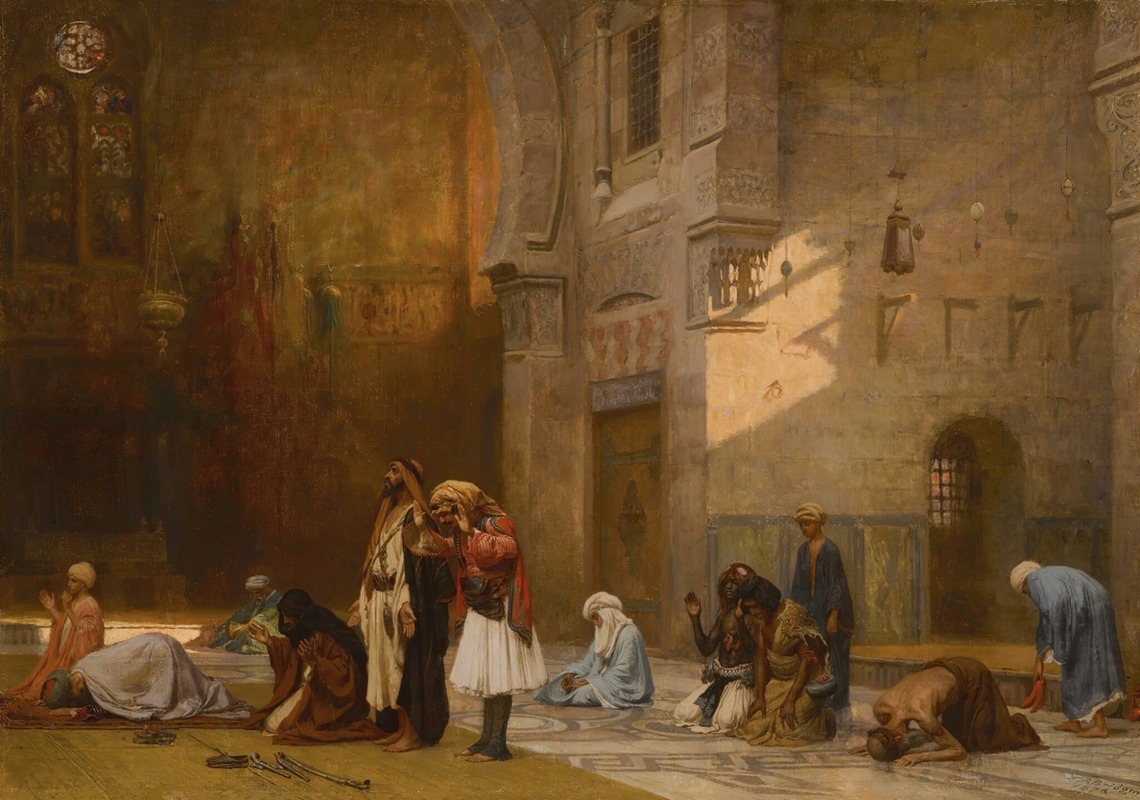
Prayer in the Mosque, Cairo
A hand-painted replica of Frederick Arthur Bridgman’s masterpiece Prayer in the Mosque, Cairo, meticulously crafted by professional artists to capture the true essence of the original. Each piece is created with museum-quality canvas and rare mineral pigments, carefully painted by experienced artists with delicate brushstrokes and rich, layered colors to perfectly recreate the texture of the original artwork. Unlike machine-printed reproductions, this hand-painted version brings the painting to life, infused with the artist’s emotions and skill in every stroke. Whether for personal collection or home decoration, it instantly elevates the artistic atmosphere of any space.
"Prayer in the Mosque, Cairo" is a painting by the American artist Frederick Arthur Bridgman, created in the late 19th century. Bridgman, born in 1847 in Tuskegee, Alabama, was a prominent painter known for his detailed and evocative depictions of Orientalist themes. He studied at the École des Beaux-Arts in Paris under the tutelage of Jean-Léon Gérôme, a leading figure in the Orientalist movement. Bridgman spent a significant portion of his career traveling through North Africa and the Middle East, drawing inspiration from the cultures and landscapes he encountered.
The painting "Prayer in the Mosque, Cairo" exemplifies Bridgman's fascination with the daily life and religious practices of the regions he visited. The artwork captures a serene moment of prayer within a mosque in Cairo, Egypt. The composition is marked by its meticulous attention to architectural details and the rich, vibrant colors that bring the scene to life. Bridgman's use of light and shadow enhances the sense of depth and realism, inviting viewers to immerse themselves in the tranquil atmosphere of the mosque.
In the painting, worshippers are depicted in various postures of Islamic prayer, known as Salah, which is one of the Five Pillars of Islam. The figures are arranged in a harmonious manner, reflecting the communal aspect of the prayer ritual. The mosque's interior is adorned with intricate geometric patterns and calligraphy, characteristic of Islamic art and architecture. These elements not only serve as decorative features but also convey the spiritual and cultural significance of the setting.
Bridgman's work is often celebrated for its ethnographic accuracy and sensitivity to the subjects he portrayed. He was known to conduct thorough research and often sketched on-site to ensure the authenticity of his representations. "Prayer in the Mosque, Cairo" is no exception, as it demonstrates his commitment to capturing the essence of the places and people he encountered during his travels.
The painting is part of a broader body of work that contributed to the Western understanding and appreciation of Middle Eastern and North African cultures during the 19th century. Bridgman's paintings were well-received in both Europe and the United States, earning him a reputation as one of the leading Orientalist painters of his time. His works were exhibited in prestigious venues, including the Paris Salon and the Royal Academy of Arts in London.
Today, "Prayer in the Mosque, Cairo" is held in private and public collections, continuing to be admired for its artistic merit and historical significance. Bridgman's legacy endures through his contributions to the Orientalist genre, offering a window into the diverse and rich cultural landscapes of the regions he depicted.





